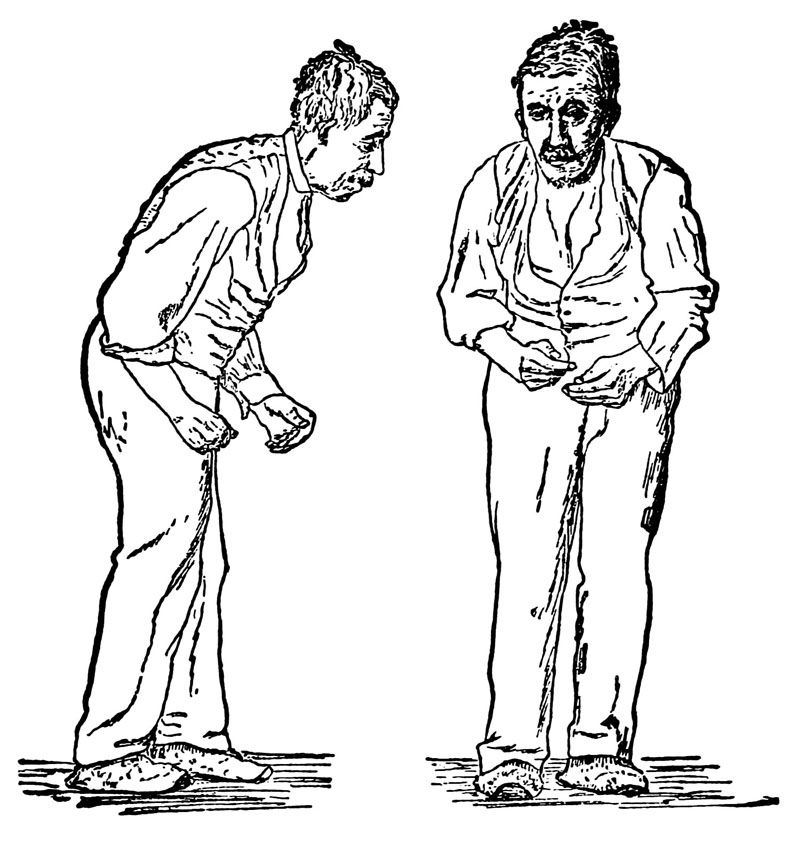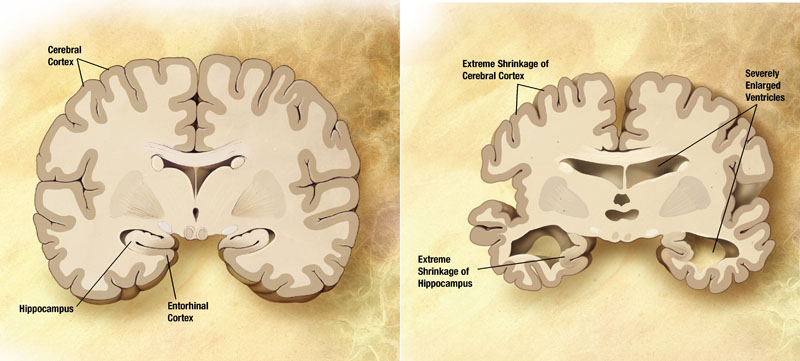Extraordinary Memory Events and Disorders
- Interference refers to the loss of information from memory because of competition from additional incoming information.
- Retroactive inhibition refers to interference with retention of old information due to acquisition of new information.
- Proactive inhibition refers to interference with retention of new information due to retention of previous information.
- Amnesia is a deficit in memory caused by brain damage, disease, or psychological trauma.
- Retrograde amnesia is a loss of memory-access to events that occurred, or information that was learned, before an injury or the onset of a disease.
- Anterograde amnesia is a loss of the ability to create new memories after the event that caused the amnesia, leading to a partial or complete inability to recall the recent past, while long-term memories from before the event remain intact.
- Agnosia is the inability to process sensory information. Often there is a loss of ability to recognize objects, persons, sounds, shapes, or smells while the specific sense is not defective nor is there any significant memory loss.
- Source amnesia is the inability to remember where, when or how previously learned information has been acquired, while retaining the factual knowledge.
- A source-monitoring error is a type of memory error where a specific recollected experience is incorrectly determined to be the source of a memory.
- False memory syndrome describes a condition in which a person's identity and relationships are affected by memories that are factually incorrect but that they strongly believe.
- A flashbulb memory is a highly detailed, exceptionally vivid snapshot of the moment and circumstances in which a piece of surprising and consequential (or emotionally arousing) news was heard.
- Cryptomnesia occurs when a forgotten memory returns without it being recognized as such by the subject, who believes it is something new and original.
- The misinformation effect happens when a person's recall of episodic memories becomes less accurate because of post-event information.
- Confabulation is a memory disturbance, defined as the production of fabricated, distorted or misinterpreted memories about oneself or the world, without the conscious intention to deceive.
- Suggestibility is the quality of being inclined to accept and act on the suggestions of others. A person experiencing intense emotions tends to be more receptive to ideas and therefore more suggestible.
- Absent-mindedness is where a person shows inattentive or forgetful behaviour. It can have various causes including a low level of attention, intense attention to a single object of focus (hyperfocus), or unwarranted distraction of attention.
- Dementia, also known as senility, is a broad category of brain diseases that cause a long term and often gradual decrease in the ability to think and remember that is great enough to affect a person's daily functioning.
- Alzheimer's disease accounts for 60% to 70% of cases of dementia. It is a chronic neurodegenerative disease that usually starts slowly and gets worse over time.
- Neurofibrillary tangles are aggregates of hyperphosphorylated tau protein that are most commonly known as a primary marker of Alzheimer's Disease.
- Amyloid beta denotes peptides of 36-43 amino acids that are crucially involved in Alzheimer's disease as the main component of the amyloid plaques found in the brains of Alzheimer patients.
- Sundowning is a psychological phenomenon associated with increased confusion and restlessness in patients with some form of dementia.
- Parkinson's disease is a degenerative disorder of the central nervous system mainly affecting the motor system. Dementia commonly occurs in the advanced stages of the disease.
- Korsakoff's syndrome is a neurological disorder is caused by a lack of thiamine (vitamin B1) in the brain, and is also often exacerbated by the neurotoxic effects of alcohol.

Front and side views of a man portrayed to be suffering from Parkinson’s disease. These are woodcut reproductions (of two collotypes from Paul de Saint-Leger's 1879 doctoral thesis, Paralysie agitante..etc.)
